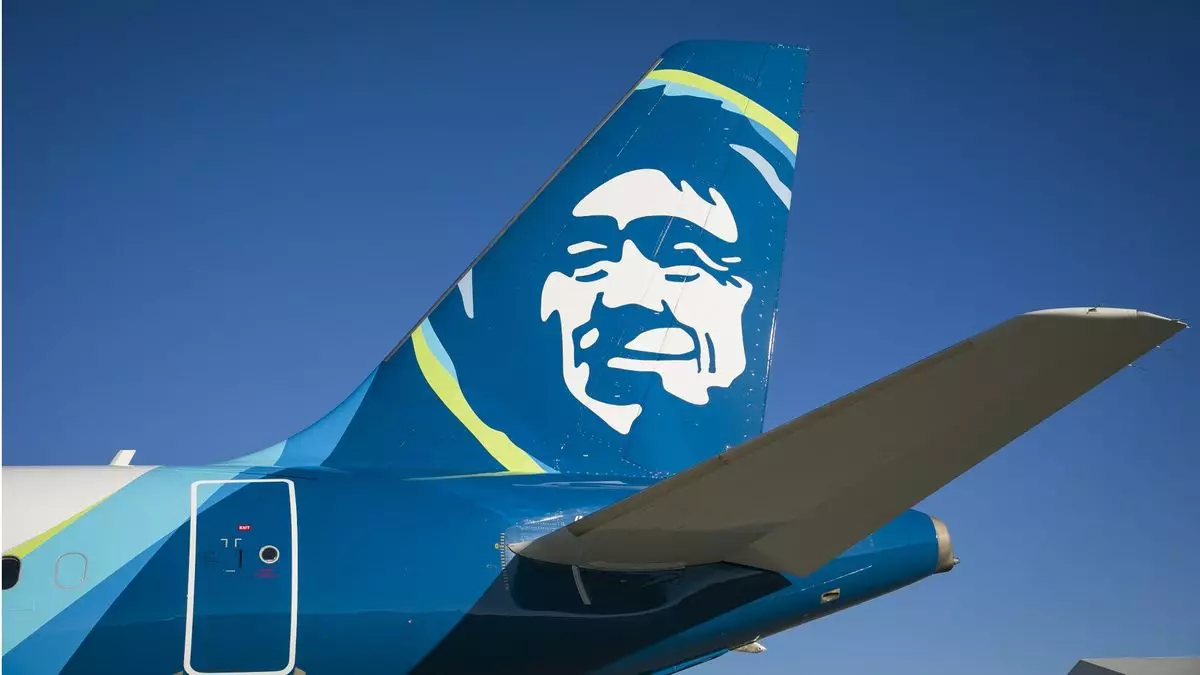In an industry as volatile as aviation, Alaska Airlines’ recent decision to limit services from Washington Dulles exemplifies the profound impact of changing market conditions. The airline, facing a drop in demand on key routes like San Francisco-Washington Dulles and Los Angeles-Washington Dulles, announced the suspension of these services following the summer travel season. This move does not merely reflect fluctuations in passenger numbers; it serves as an indicator of broader economic uncertainties that influence consumer behavior, particularly in government-related travel.
It’s noteworthy to mention that Alaska Airlines is not entirely abandoning the Dulles area. They will maintain connections to Seattle and San Diego, indicating a strategic pivot rather than a complete withdrawal. This selective service approach suggests that the airline is realigning its resources to concentrate on routes where they can possibly sustain operational viability while still targeting areas with higher demand—a tactic that aligns with prudent business practices.
Competitive Pressures Emerge
The competitive landscape in the aviation sector is as fierce as ever, and Alaska Airlines’ announcement about ending daily flights between San Francisco and Chicago O’Hare illustrates this combativeness. Struggling to make a mark against the indomitable forces of industry giants like United and American, which boast multiple daily frequencies, underscores an essential lesson in aviation economics: less isn’t always more, especially when the competition is relentless.
Alaska’s retreat from these specific routes points not just to a loss of market share, but also to a strategic decision rooted in long-term sustainability. It leaves one pondering the viability of smaller airlines in saturated markets—are they destined to perpetually adapt their routes in reaction to larger, more entrenched competitors?
Exploring New Horizons or Missing Opportunities?
An intriguing facet of Alaska’s service changes is their pivot towards the Bahamas. Despite a limited run, their flight service to Nassau from Los Angeles was, in fact, their inaugural route to the Caribbean. The operational suspension raises questions: Did Alaska Airlines miscalculate the demand for this route? Or was it perhaps an ambitious early venture hampered by a short operational timeline? The decision to withdraw from this market illustrates the delicate balance airlines must strike between seizing new opportunities and ensuring profitability.
Additionally, adjustments in summer schedules suggest a need for airlines to remain agile in the face of post-pandemic travel sentiments. The flourishing option from San Francisco and Los Angeles to Washington Reagan National Airport showcases that not all routes yield equal returns; thoughtful navigation through the complexities of consumer preferences is essential for success.
Long-Term Implications for Airline Strategy
Ultimately, Alaska Airlines’ route suspension decisions highlight their commitment to remaining lean and focused during a time of economic anxiety. By refining their route network, they not only respond to immediate demands but also prepare for potential recovery phases in travel. In a market constantly shifting under economic pressures, re-evaluating and restructuring service offerings will likely become the norm rather than the exception.
As Alaska Airlines navigates these turbulent waters, the broader industry watches keenly. The outcomes of such strategic service decisions could potentially become stepping stones or stumbling blocks for other carriers aiming to thrive as the air travel landscape continues to evolve. One thing is certain: in this intricate dance of supply and demand, adaptability will be the bedrock of future success.


Leave a Reply